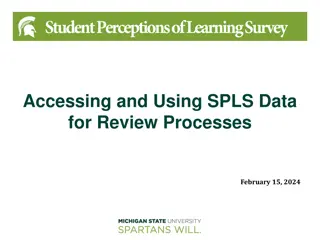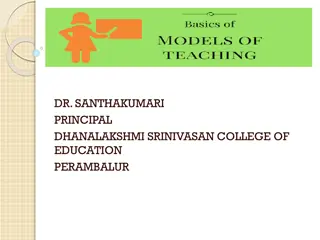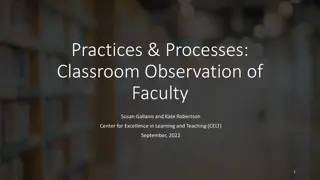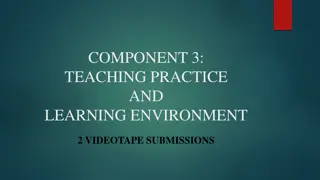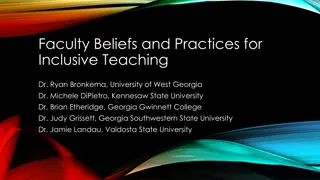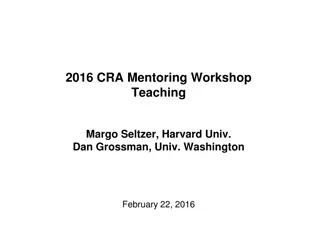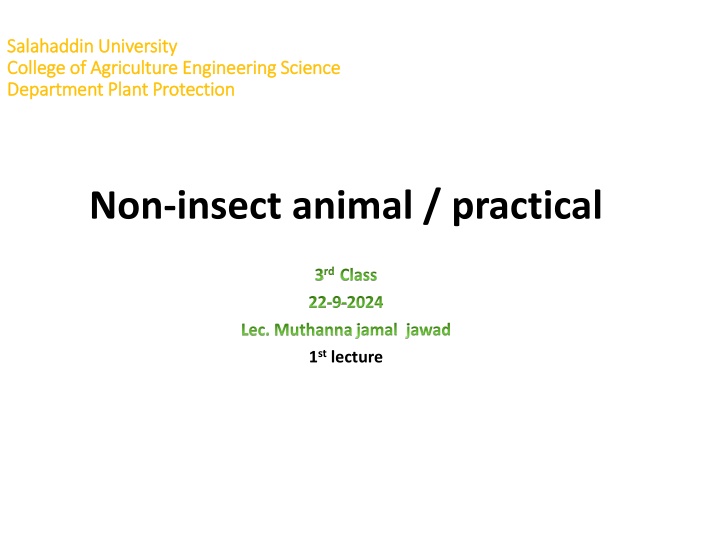
Millipedes and Centipedes in Plant Protection
Explore the world of millipedes and centipedes, non-insect animal pests that can harm crops and plants. Learn about their characteristics, habitats, and behaviors to better protect agricultural interests. Discover the classification and features of these organisms, including defense mechanisms like body rolling and poison glands.
Download Presentation

Please find below an Image/Link to download the presentation.
The content on the website is provided AS IS for your information and personal use only. It may not be sold, licensed, or shared on other websites without obtaining consent from the author. If you encounter any issues during the download, it is possible that the publisher has removed the file from their server.
You are allowed to download the files provided on this website for personal or commercial use, subject to the condition that they are used lawfully. All files are the property of their respective owners.
The content on the website is provided AS IS for your information and personal use only. It may not be sold, licensed, or shared on other websites without obtaining consent from the author.
E N D
Presentation Transcript
Salahaddin SalahaddinUniversity College of Agriculture Engineering Science College of Agriculture Engineering Science Department Plant Protection Department Plant Protection University Non-insect animal / practical 3rd Class 22-9-2024 Lec. Muthanna jamal jawad 1stlecture
Definition of pest: pest pest -is an organism that causes harm to another organism that is important to humans. The second organism may be humans themselves, the plants and crops they grow, or the animals they raise. Non-insect animal pests include all animals (except insects) that cause harm to humans or their property, for example: Millipedes and centipiudes , Mites , Snails and Slugs , Crabs , Bird ,Rodents
Centipede(Chilopoda) Millipede(Diplopoda)
Millipede(Diplopoda) Scientific classification Kingdom: Animalia Phylum: Arthropod a Subphylum: Myriapoda Class:1.Diplopoda Order: Julida Family:Julidae Genus:Tachypodoiulus Species: niger
Description Millipedes are often called 1,000-legged worms or rain worms. They are worm like. With rounded body segments that each bears two pairs of legs. Head is rounded with short antennae. They are typically light brown to black. Species can vary in length from less than (1 to2mm )or more than 1 inches.
All millipedes role their bodies when frightened forming a defense ball.
Description Centipedes are often called 100-legged worms. With one pair of legs on each of their body segments. Have a flattened body. With a distinct head that bears a pair of long antennae. Jaws containing poison glands are located on the first body segment.
Centipedes Jaws containing poison glands
Differences Between Centipedes and Millipedes Characteristic Centipede Millipede Antennae long short Number of Legs one pair per body segment two pairs per body segment, except for the first three segments, which have one pair each Appearance of Legs visibly extend from do not visibly extend from body; rear leg pairs in line with body slow walkers sides of body; trail backward behind body fast runners Movement Ability to Bite can bite do not bite
Nature of Damage Millipedes and centipedes do not carry diseases that affect people, animals or plants. Millipedes do occasionally damage seedlings by feeding on stems and leaves. centipedes, which have poison glands and can bite, may occasionally attack humans.. Seedlings at ground level are cut into bits and carried to the holes for feeding.
Millipedes and centipedes -When could be found: Round all years Habitats: Damp, shaded places such: under rocks, rotting logs, leaf debris and sometimes in soil. Food: Dead and living plant matter.
Life Cycle Life Cycle. Adult millipedes overwinter in the soil, and eggs are laid in clutches beneath the soil surface. The young grow gradually in size, adding segments and legs as they mature. They mature in two to five years and continue to live for several years thereafter.
Control The first and most important step in controlling millipedes and centipedes is removing or eliminating objects that provide hiding places for the pest outside the home. If millipedes or centipedes occur in great numbers or are creating problems, applying pesticide around the building foundation and around doors and windows will provide temporary control.


